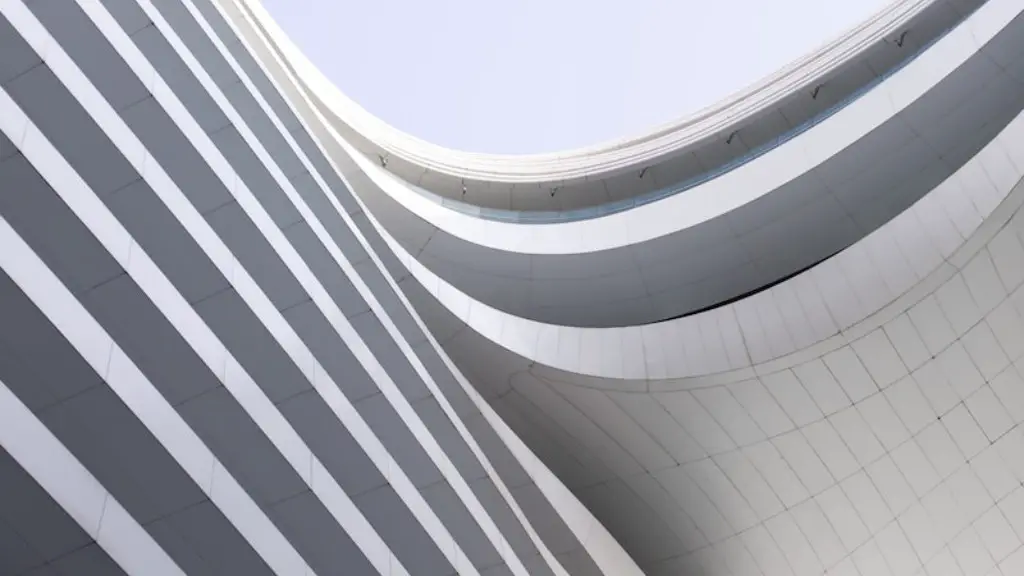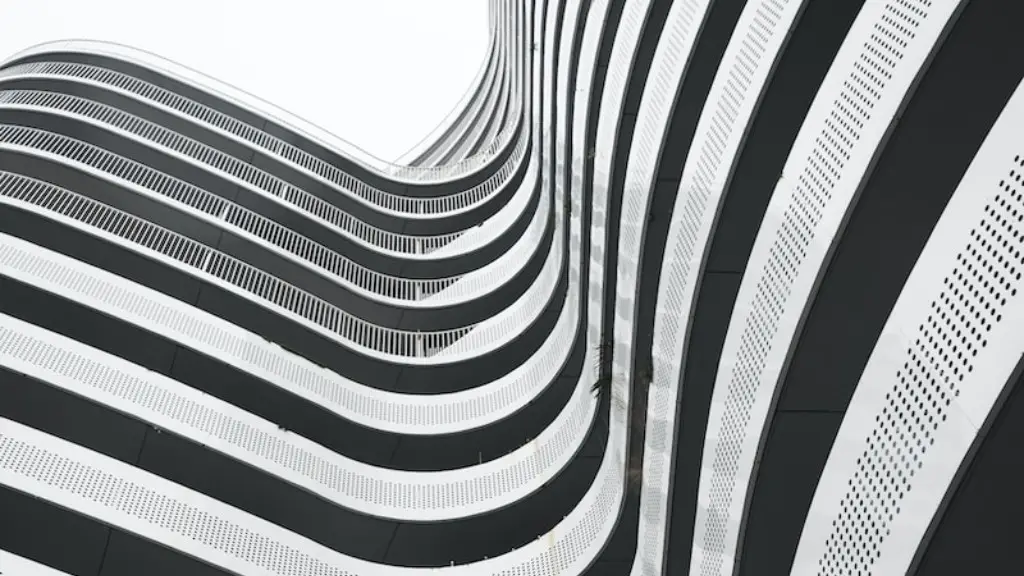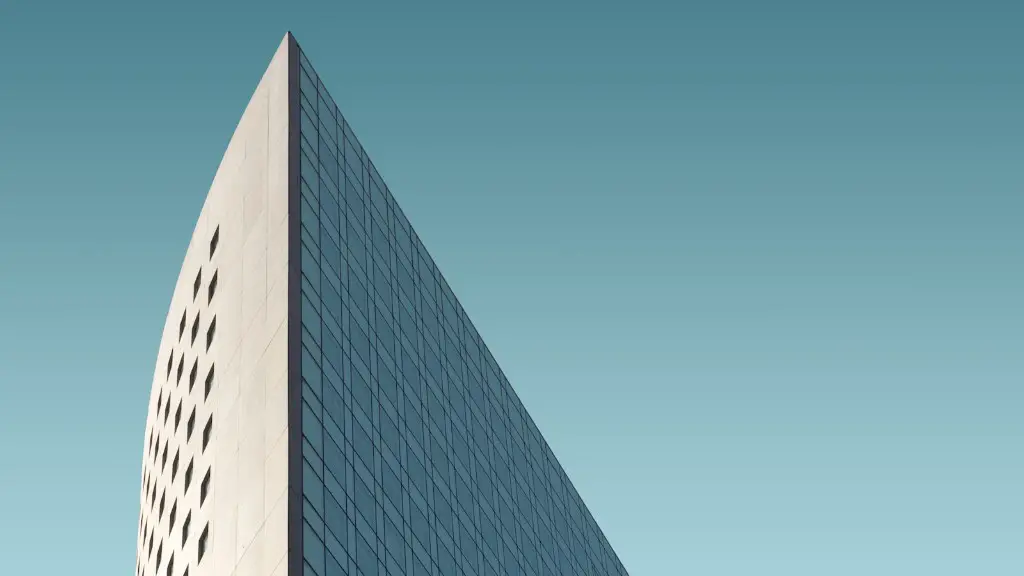Importance of Architecture for Human Progress
Architecture is the process of designing and constructing physical structures. It is the art and science of building structures, be it a house, a bridge, a commercial complex, a skyscraper or any other kind of structure. It involves creative expression, technical know-how, engineering, planning and design. Architecture is a major part of our day-to-day lives, whether we’re aware of it or not.
Whether it’s something as small as a simple garden shed in the backyard or the palatial developments that are seen in some cities, all of them are indications of the importance of architecture for our civic life and for human progress. The importance of architecture cannot be overstated. It has the power to shape and define society, economy, and culture, and influences the everyday lives of people.
The Impact of Good Architecture
Good architecture has a major impact on our lives and the way we see things. It can improve the quality of life in a city and create a sense of identity for the city’s inhabitants. Buildings that are built with love and care can have a long-lasting positive impact on their occupants and the entire community. Furthermore, good architecture also has eco-friendly benefits by reducing the carbon footprint of a city and by using natural resources in an efficient manner.
Moreover, with the advent of modern technological advances, architecture has gone a step ahead in terms of sustainability. Innovative designs and materials are being developed to create structures with increased durability and efficiency. Architects are also focusing more on environmentally conscious design and construction.
Purpose of Architecture
Architecture serves multiple purposes. On one hand, it provides shelter and protection from the elements to the occupants. On the other hand, it serves as a way to express creativity and beauty. Modern architecture is all about making efficient use of the available space, making the most out of it. Architecture is also a form of economic stimulus by providing employment opportunities for professionals and laborers.
Further, architecture has the power to bring people together. Historic monuments and public spaces have often served as meeting places for people over the centuries. These spaces can bring communities together and strengthen their ties.
Healthy and Productive Spaces
The spaces created by architects provide a positive impact on the environment, both socially and physically. Efficient and creative design can create healthy and productive spaces with ample airflow, sufficient ventilation, and adequate insulation. These features can significantly reduce the energy costs and make places more livable.
Similarly, landscapes are also created by architects to get people and nature close together, which further helps improve their mental and physical well-being. The idea here is to reconnect people to nature and to incorporate nature into the built environment.
Artistic Expression through Architecture
Architecture gives people an opportunity to express their individual artistic merits and visions. This not only makes a space more attractive but also imbues it with a sense of character and soul. For instance, art deco buildings often showcase the style and trends of the era in which they were built. Moreover, classic architecture tends to evoke feelings of nostalgia and cultivate an appreciation of the past.
Economic Growth Through Architecture
As mentioned earlier, architecture can be a major contributor to economic growth. The development of new construction projects often leads to the creation of new jobs and stimulates investment. Furthermore, the successful completion of a construction project also generates secondary benefits such as increased tourism and retail activity.
Innovation in Architecture
The world of architecture is constantly evolving. New and innovative designs are being developed every day. From ultra-modern skyscrapers to stunningly designed bridges, there is no shortage of innovative ideas. Additionally, a lot of research is being conducted on how to make the most efficient use of the available space and to create structures that are both aesthetically pleasing and energy efficient.
Environmental Responsibility & Architecture
In today’s world, environmental responsibility is increasingly becoming an integral part of the design process. Architects are finding ways to create sustainable structures by using materials such as bamboo and natural stones that are locally sourced, renewable and durable.
Additionally, new designs that can reduce water wastage and use renewable energy sources are also being used in construction. Solar power, wind power and geothermal energy are some of the renewable sources that can be utilized to create energy-efficient buildings.
Preserving Heritage Through Architecture
In addition to building new structures, one of the purposes of architecture is to preserve historic sites and monuments. Architects help bring back these legacies to life by making repairs and renovations to keep them standing. Furthermore, these sites can be turned into tourist attractions, generating revenue to the local economy.
How Architects Effect Change Through Design
Architecture is a powerful tool for social change. From urban planning to the design of public spaces, architects can shape the way a city looks and functions. For instance, pedestrian friendly streets and parks have the potential to reduce air pollution, improve public health and create vibrant urban communities. Good architecture can bring about a sense of belonging and identity to a city and its citizens.
Conclusion
Architecture is a craft that has been in existence for centuries, and it has the power to transform our lives and cities. It brings people closer together and is an integral part of creating a livable, sustainable and equitable society. Architects are key players in the process of designing and maintaining healthy, productive and beautiful spaces. From the local level to the global level, architects can effect positive change through the power of creative and sustainable design.


